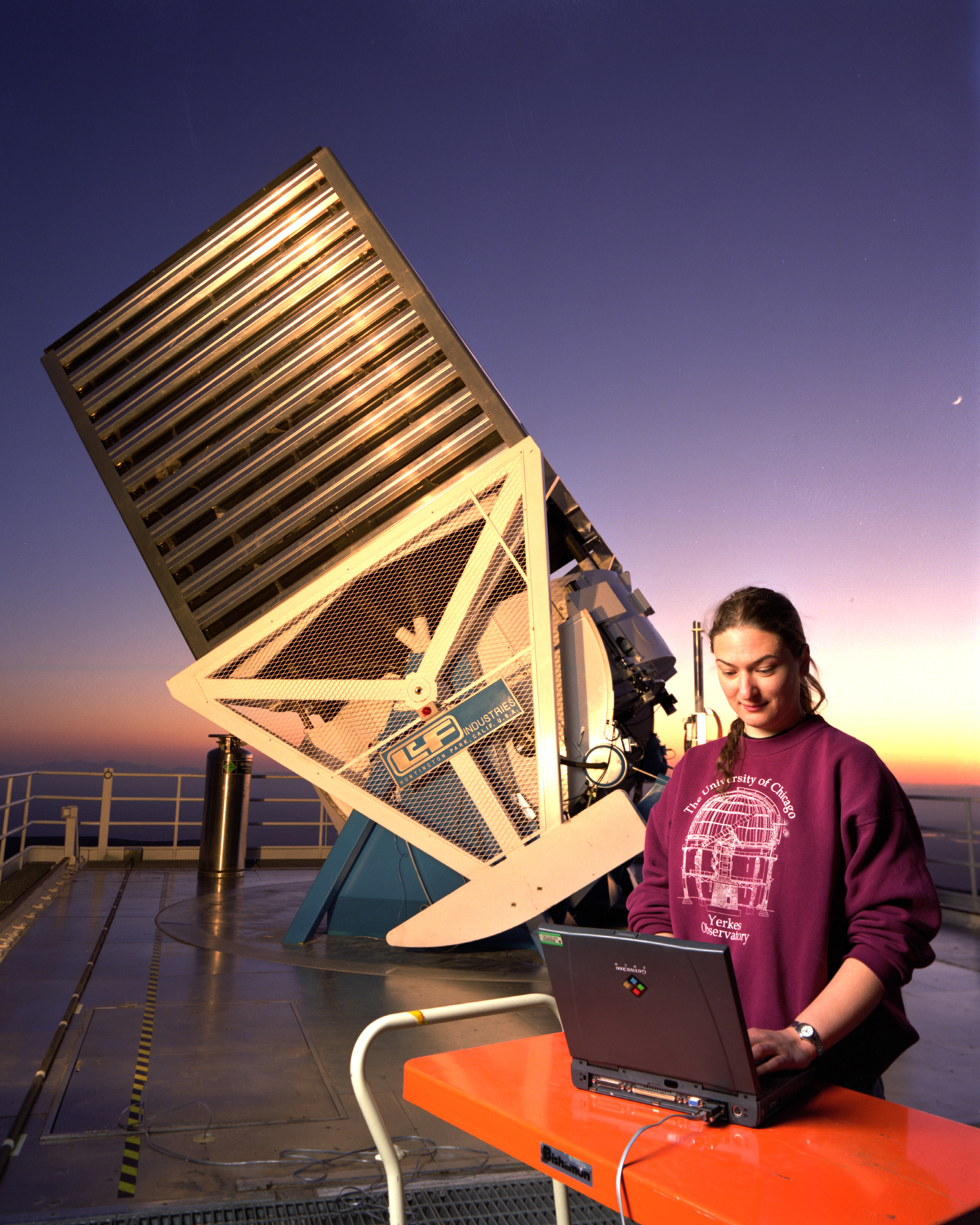|

|
Science and Performance of the Sloan Digital Sky Survey
| Abstract: |
The Sloan Digital Sky Survey Survey CCD camera imaged almost 12,000 square degrees in five bands and created a database that contains 357 million unique objects. The spectroscopic survey contains more than 930,000 galaxies, 100,000 quasars and 260,000 stars. The three-dimensional map of the universe created by these data has led to discoveries of distant quasars, traced galaxy evolution and identified echos of the assembly of our own Galaxy. The SDSS camera, fiber system, telescope and the spectrographs were designed specifically for the project, and have have proved to be extremely efficient survey instruments. At the time it was built, the SDSS imaging camera was the most ambitious astronomical imaging camera of its kind. The next generation of astronomical surveys will surpass the SDSS in depth and area and will explore yet another dimension in the time domain, and I will focus on the SDSS survey infrastructure as it is relevant to these future projects. I will describe the SDSS survey instruments, focusing on the imaging camera, and discuss the relationship between the design of the instruments, the science goals of the project and the practical technology and operational limitations. |
| Speaker: |
Constance Rockosi - UC Santa Cruz, UCO/Lick Observatory |
| Speaker Bio: |
 I got my undergraduate degree in electrical engineering, but got my PhD in astronomy and astrophysics at the University of Chicago. I started working on the SDSS imaging camera as an undergraduate, and continued to to work on the camera and helped commission the SDSS instrumentation as a graduate student. I am now using SDSS instrumentation to learn about the halo of our Galaxy, both the dark matter and the stars, at UC Santa Cruz. I got my undergraduate degree in electrical engineering, but got my PhD in astronomy and astrophysics at the University of Chicago. I started working on the SDSS imaging camera as an undergraduate, and continued to to work on the camera and helped commission the SDSS instrumentation as a graduate student. I am now using SDSS instrumentation to learn about the halo of our Galaxy, both the dark matter and the stars, at UC Santa Cruz. |
| Poster Link: |
Poster |
| Presentation: |
|
|
 I got my undergraduate degree in electrical engineering, but got my PhD in astronomy and astrophysics at the University of Chicago. I started working on the SDSS imaging camera as an undergraduate, and continued to to work on the camera and helped commission the SDSS instrumentation as a graduate student. I am now using SDSS instrumentation to learn about the halo of our Galaxy, both the dark matter and the stars, at UC Santa Cruz.
I got my undergraduate degree in electrical engineering, but got my PhD in astronomy and astrophysics at the University of Chicago. I started working on the SDSS imaging camera as an undergraduate, and continued to to work on the camera and helped commission the SDSS instrumentation as a graduate student. I am now using SDSS instrumentation to learn about the halo of our Galaxy, both the dark matter and the stars, at UC Santa Cruz.
